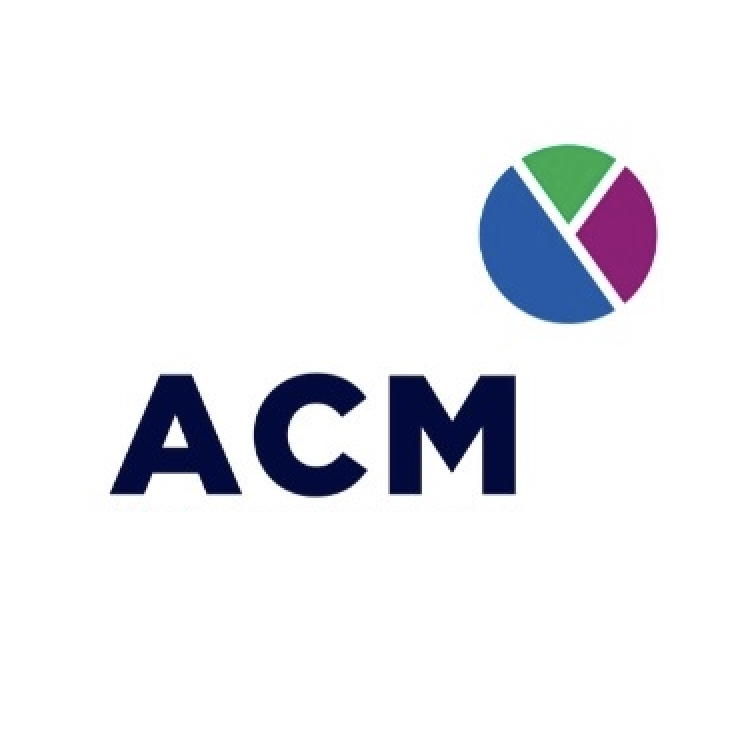
Sustaining Your Business: Practical Strategies for SME Leaders in Canada
07 June 2025

In an increasingly competitive market, ensuring your business’s sustainability is no longer optional—it’s a necessity. For French-speaking SME leaders in Canada, who are often fully invested in their companies, this issue becomes even more urgent as they approach retirement or prepare for a leadership transition. How can you continue growing your business while preparing for the future? Here are the key levers to activate to ensure a business stands the test of time and is handed over in a healthy state.
Sustainability doesn’t just mean “staying alive.” It relies on three main pillars:
This involves developing a medium- and long-term strategy, structuring the business around a strong, committed team, and clarifying the business model to withstand turbulence.
SME leaders often possess in-depth knowledge of their industry but lack the time to analyze the market thoroughly. However, a few simple actions can help stay on course:
Sustainability is about the value created over time, encompassing both financial profitability and human and relational value.
A business prepared for the future needs solid foundations, built around a clear strategic plan and reliable monitoring tools. These elements help you stay aligned with your priorities, track progress, and make quick adjustments as needed.
Many SME leaders, above all, are experts in their field, but often lack the financial acumen to understand their company’s health truly. Yet, grasping elemental financial ratios (gross margin, net profit margin, debt ratio, break-even point) is essential to steer confidently and anticipate risks.
🧮 Key Takeaway – 4 Essential Ratios to Evaluate Your Business’s Health
To strengthen internal management, it is also essential to implement:
Rigorous monitoring of cash flow and costs through periodic reports
A strategic plan over 3 to 5 years, aligned with profitability and succession objectives
Management tools and decision-making dashboards (budgets, monthly indicators, profit margins by product or service)
Improved delegation to avoid excessive centralization of decision-making on the business owner
Many wait too long before asking the right questions:
To begin thinking about this, check out our article: How to Estimate the Fair Market Value of Your Business.
Whether you’re considering a family succession, selling to a key employee, or transferring the business to an external buyer, it’s essential to begin planning several years. A well-structured and well-documented business will have greater market value, and transitions will be less risky for all parties involved.
Thinking about succession isn’t about turning the page—it’s about preparing the next chapter with clarity and foresight.
In a context of labor shortage, the key is to motivate, empower, and retain the right employees:
Without falling into trendy fads, specific tools can help manage the business more effectively:
Digital tools are not an end in themselves, but rather a means to become more responsive, accurate, and accessible.
Sustainability is built every day, through both small decisions and major choices. For SME leaders, the hardest part is often stepping back. Yet with the right tools and proper support, it’s possible to put the business back at the heart of your life, without getting lost in it.
A simple assessment, a few strategic adjustments, and an outside perspective can make all the difference.
Ideally, 3 to 5 years in advance. This allows time to structure internal processes, document key skills, and increase the company’s value before handing it over.
A transfer can be internal (to family or an employee), whereas a sale usually refers to selling to a third party. In both cases, proper planning is essential.
That depends on several factors: profitability, internal structure, team autonomy, recurring clientele… An external assessment can help provide clarity.
Yes, but it requires training them in management, clarifying roles, and sometimes setting up a financial arrangement.
To go further, you can fill out our free online diagnostic tool to get a clear picture of your company’s current situation, or consider a diagnostic session with a business transfer expert.
